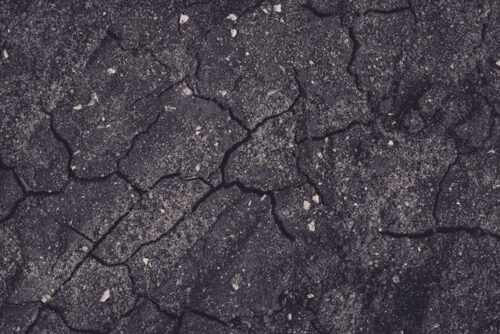
Determining liability in a car accident is not always black and white. The other driver may have been negligent and disobeyed traffic laws, or maybe you got distracted and took your eyes off the road for too long. A surprisingly frequent cause of car accidents is road conditions. So if two cars were involved in an accident and neither of them is at fault, how is liability determined? If you were in a car accident and believe road conditions played a part in causing the accident, you need the help of a skilled attorney. Reach out to a San Mateo County, California car accident lawyer for legal advice and representation.
What Are Some Examples of Poor Road Conditions?
There are many dangers on the road, whether from other drivers, mechanical failure, or road conditions. Poor road conditions can refer to issues with design, signage, weather, or maintenance. Some examples of poor road conditions that could result in a car accident include the following.
- Too narrow two-way roads
- Dangerous intersections with tight turns or limited visibility
- Lack of traffic lights
- Dangerous curves
- Large dips or bumps in pavement
- Potholes and uneven pavement
- Insufficient signage to warn about hazards
- Missing or covered signage
- Construction debris
- Merges and lane shifts due to construction
- Reduced traction, longer stopping distances, and hydroplaning due to wet roads
- Impaired visibility from rain, fog, snow, etc.
Poor road conditions can result in a multitude of accidents. Limited visibility or dangerous road design can cause serious damage. Common motor vehicle accidents that result from these conditions include rear-end collisions, head-on collisions, sideswiping, pedestrian accidents, driving off the road, driving into a structure or object, and more.
Can I Prove Liability?
In short, maybe. It is possible to prove that the road conditions were the leading cause of your accident, but you or any other driver involved may still hold some responsibility. The local government has a responsibility to construct and maintain reasonably safe roads. If they did not abide by that responsibility and their negligence contributed to a collision, anyone involved whether directly or indirectly could be held liable. This includes city, county, or state governments, contractors, or construction companies.
It is important to keep in mind that though weather is often a contributing factor to crashes, you cannot sue the rain or snow. No one can be held responsible for weather conditions on the road. If there is limited visibility or slick roads due to weather conditions, it is the driver’s responsibility to adjust their driving. This can entail driving slower than the posted speed limit, keeping a more significant distance between themselves and the driver ahead of them, or using their hazard lights. Car accidents resulting from poor weather conditions will be the fault of one or all of the drivers involved.